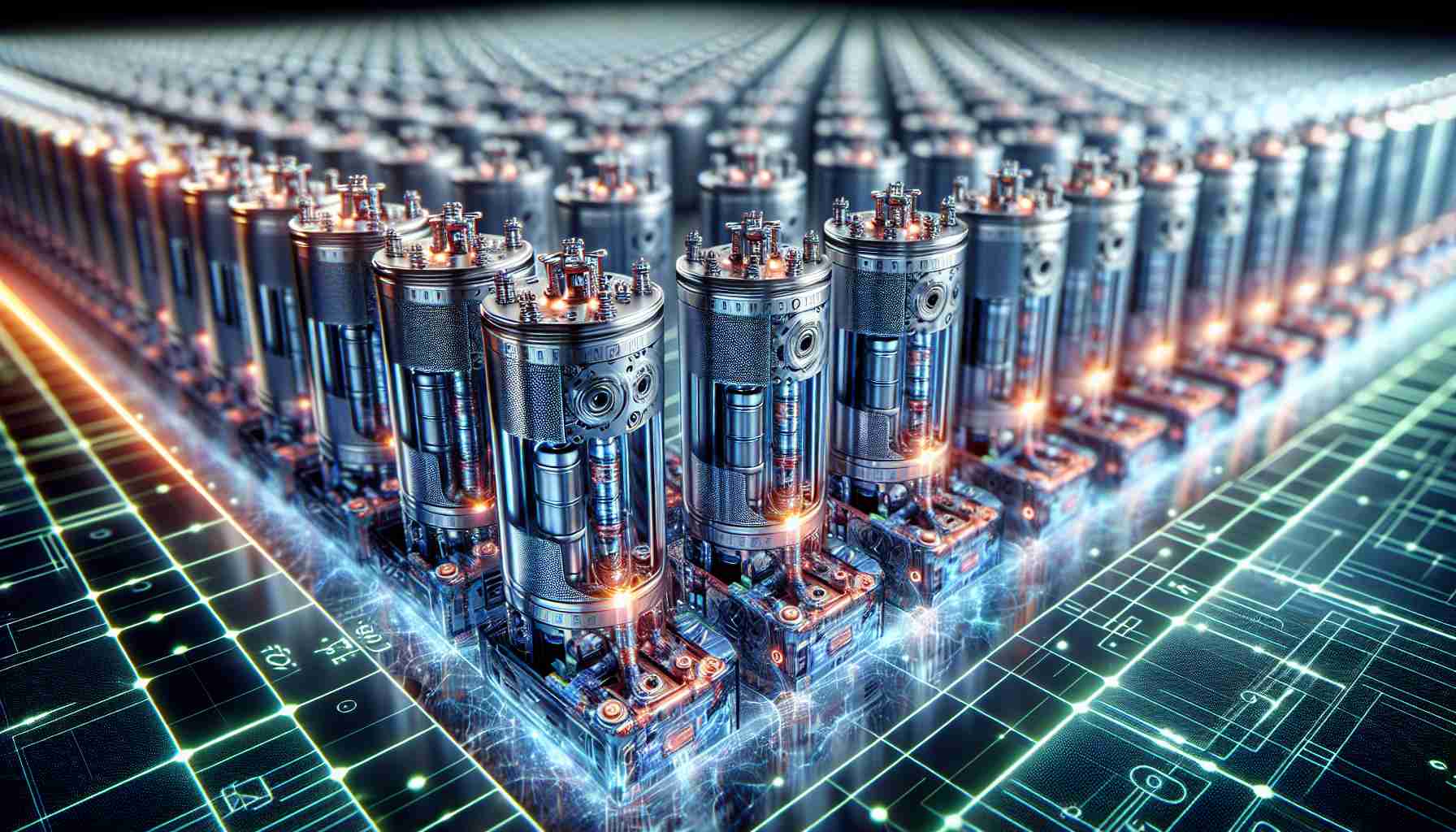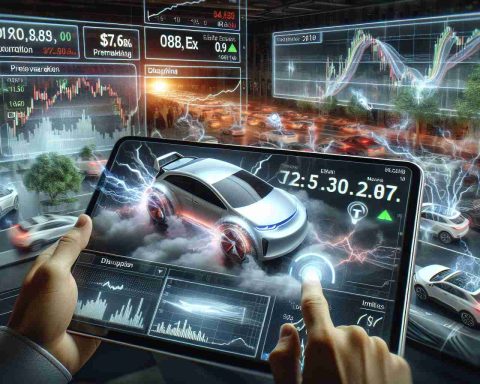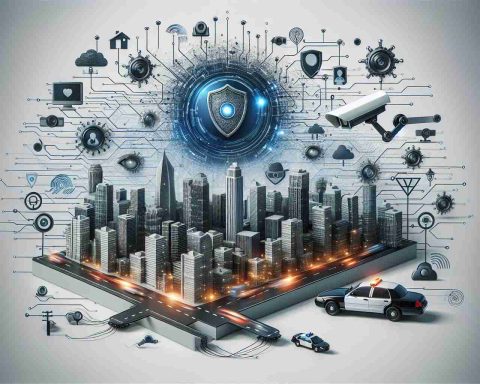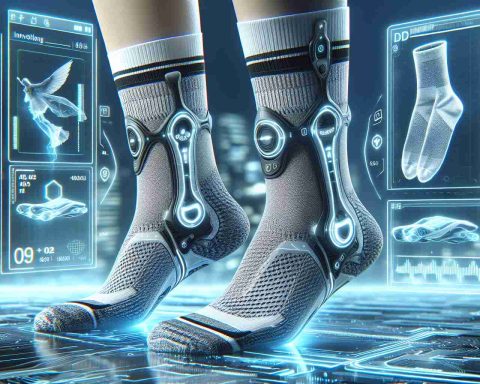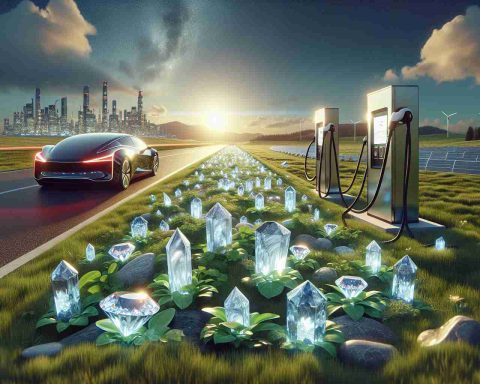Revolutionizing Energy Storage: The Rise of Sodium-Ion Batteries
Sodium-ion batteries are gaining traction as a viable alternative to traditional lithium-ion batteries. By using sodium, an abundant and inexpensive resource, these batteries promise an economical solution for large-scale energy storage and electric vehicle applications. Although they offer lower energy density, their affordability and accessibility make them a compelling choice for everyday use.
Recent breakthroughs in battery chemistry are addressing durability concerns that have long plagued sodium-ion technology. Researchers are refining the chemistry to enhance performance and longevity, paving the way for these batteries to become more viable for electric vehicles and home energy systems. Collaborations with major Chinese manufacturers like CATL and BYD have propelled development, suggesting that sodium-ion batteries could eventually power a significant share of electric vehicles globally.
Despite significant advancements, sodium-ion batteries encounter challenges. The fundamental issues arise from the heavier mass of sodium compared to lithium, which affects energy density. However, researchers are making headway in understanding and mitigating these challenges. Innovations in battery design have improved ion mobility and structural stability during charging cycles, enhancing overall performance.
With competitive pricing and growing interest in alternative battery technologies, sodium-ion batteries could soon play a critical role in the future of energy, helping to alleviate supply chain pressures associated with lithium. As manufacturing ramps up, these batteries may lead the way toward a more sustainable and diversified energy landscape.
The Future of Sodium-Ion Batteries and Their Broad Implications
As sodium-ion batteries continue to emerge as a formidable contender in the energy storage arena, their implications extend far beyond the realm of technology. With the world increasingly gravitating towards sustainable energy and reducing reliance on finite resources, these batteries promise a significant cultural pivot towards renewable energy sources. The abundant availability of sodium, especially when compared to lithium, underscores a shift that favors economic accessibility and environmental consciousness.
The potential benefits to the global economy cannot be overstated. By reducing dependency on lithium, which is subject to volatile pricing and geopolitical tensions, sodium-ion batteries could stabilize markets and invite a more decentralized manufacturing framework. Countries rich in sodium resources can capitalize on this technology, leading to job creation and economic diversification—particularly in regions currently reliant on lithium extraction.
However, moving forward, it is crucial to consider the environmental impact. The extraction and processing of lithium have raised significant ecological concerns, including water depletion and habitat destruction. In contrast, sodium is less environmentally harmful to procure and process, indicating a potential reduction in ecological footprints associated with battery production. As sodium-ion technology evolves, future trends may see improved recycling methods and lower carbon emissions, thus enhancing sustainability.
In conclusion, sodium-ion batteries are not merely an alternative energy solution; they represent a transformative movement towards a greener and more equitable energy landscape. The long-term significance of this shift could redefine energy storage, transportation, and international trade practices, profoundly impacting societies and economies worldwide.
Blue Ocean ahead: How Sodium-Ion Batteries Could Transform the Energy Storage Market
Revolutionizing Energy Storage: The Rise of Sodium-Ion Batteries
Sodium-ion batteries are rapidly emerging as a promising alternative to the traditional lithium-ion batteries that dominate the energy storage market today. These innovative batteries leverage sodium, a resource that is both abundant and inexpensive, positioning themselves as a cost-effective solution for large-scale energy requirements, including electric vehicle applications.
# Key Features of Sodium-Ion Batteries
1. Abundance and Cost: Sodium is one of the most abundant elements on Earth, which makes sodium-ion batteries significantly cheaper to produce. This affordability could drive broader adoption in consumer electronics and grid storage.
2. Performance Improvements: Recent advancements in battery chemistry have notably enhanced the durability and lifecycle of sodium-ion batteries. Researchers are focusing on optimizing the electrolyte and cathode materials to improve overall performance.
3. Collaborations and Market Growth: Major manufacturers like CATL and BYD are investing heavily in sodium-ion technology, suggesting a strong market push for these batteries. As production scales, economies of scale may further reduce costs and improve performance metrics.
# How Sodium-Ion Batteries Compare to Lithium-Ion Batteries
| Feature | Lithium-Ion Batteries | Sodium-Ion Batteries |
|—————————–|———————–|———————-|
| Energy Density | Higher | Lower |
| Resource Availability | Limited | Abundant |
| Cost | Higher | Lower |
| Cycle Life | Generally longer | Improving |
| Environmental Impact | Resource-intensive | More sustainable |
# Pros and Cons of Sodium-Ion Batteries
Pros:
– Cost-Effective Production: The low price of sodium could lead to significant savings in battery production.
– Environmental Benefits: Less reliance on scarce materials like lithium can reduce environmental impact.
Cons:
– Lower Energy Density: Currently, sodium-ion batteries do not match the performance of lithium-ion batteries, which may limit their initial applications.
– Weight Concern: Sodium’s heavier atomic mass impacts the overall weight and efficiency of energy transfer.
# Use Cases for Sodium-Ion Batteries
– Grid Energy Storage: Their cost-effectiveness makes sodium-ion batteries an excellent option for providing stability to renewable energy sources like solar and wind.
– Electric Vehicles: While initially targeting lower-cost models, the technology could evolve to support more robust applications within the electric vehicle market.
– Consumer Electronics: They can serve as a viable option for devices that do not require the highest performance levels.
# Innovations and Future Prospects
Current trends in sodium-ion battery research focus on enhancing ion mobility and structural stability during charging cycles, addressing the weight and energy density issues. The industry can expect advancements that may lead to high-performance sodium-ion batteries suitable for various applications.
# Sustainability Considerations
Sodium-ion technology aligns with global sustainability goals by reducing reliance on lithium and cobalt, whose extraction often results in significant environmental degradation. The shift toward more sustainable alternatives is essential for meeting future energy demands without exacerbating ecological concerns.
# Predictions for the Future
As manufacturers ramp up production and the technology matures, sodium-ion batteries could capture a substantial share of the market. They are expected to complement rather than completely replace lithium-ion batteries, particularly in sectors where cost and sustainability are prioritized over energy density.
For more insights on renewable energy technologies, visit energy.gov.

